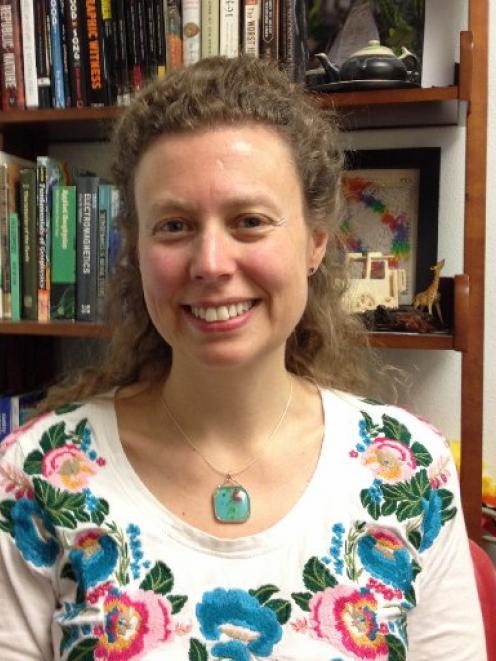 报告人:Christina Hulbe(教授)
报告人:Christina Hulbe(教授)
时间:2023.3.30 10:00-11:30
Zoom会议:875-764-90723
密码:见邮件或班级通知
报告人简介
Dr Christina Hulbe is Professor of the National School of Surveying at the University of Otago, in Dunedin, New Zealand. She is lead investigator for the recently completed Aotearoa New Zealand Ross Ice Shelf Programme. Today, she is an Objective Lead in the New Zealand Antarctic Science Platform and co-investigator on projects involving deformation and fabric development in polar ice masses. Christina began her glaciology career working with Ian Whillans on what was at the time named Ice Stream B (now Whillans Ice Stream) in West Antarctica. She earned her BS in Geological Engineering at Montana Tech, her MS in Geology at The Ohio State University and her PhD in Geophysics at the University of Chicago (1998). She moved from the US to New Zealand in 2013. She is engaged in a number of service activities, including leadership roles with the International Glaciological Society and at her home university. She is a recipient of the IGS Richardson Medal for Service to Glaciology and the IGS.
报告简介
The overarching objective of the Ross Ice Shelf (RIS) programme was to improve understanding of the key processes and process interactions that govern the rate at which the Ross Ice Shelf (RIS) will respond to global warming. Work towards that goal has included satellite remote sensing, numerical modelling, and direct observation of ice, ocean and sea floor sediment at two remote locations via hot water drilling. Drilling was conducted at a central ice-shelf site (~320 km upstream of the present-day calving front, ~80°39’ S, 174°28’ E) and near the Kamb Ice Stream grounding line (82° 46' S, 156° 34' E). This presentation will focus on glaciology and oceanography at the central ice shelf site, making connections to the grounding line and the Holocene glacial history of the region.